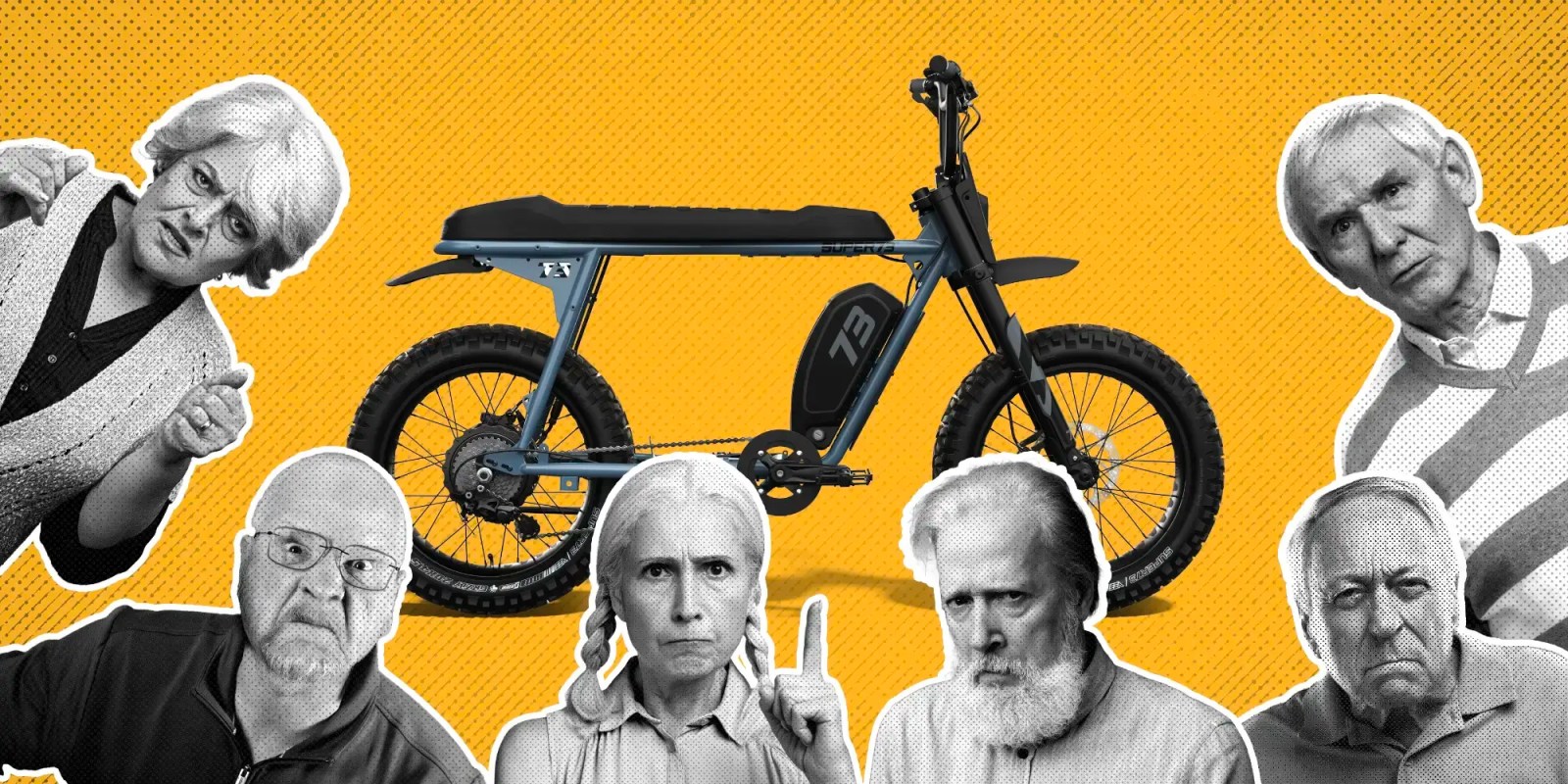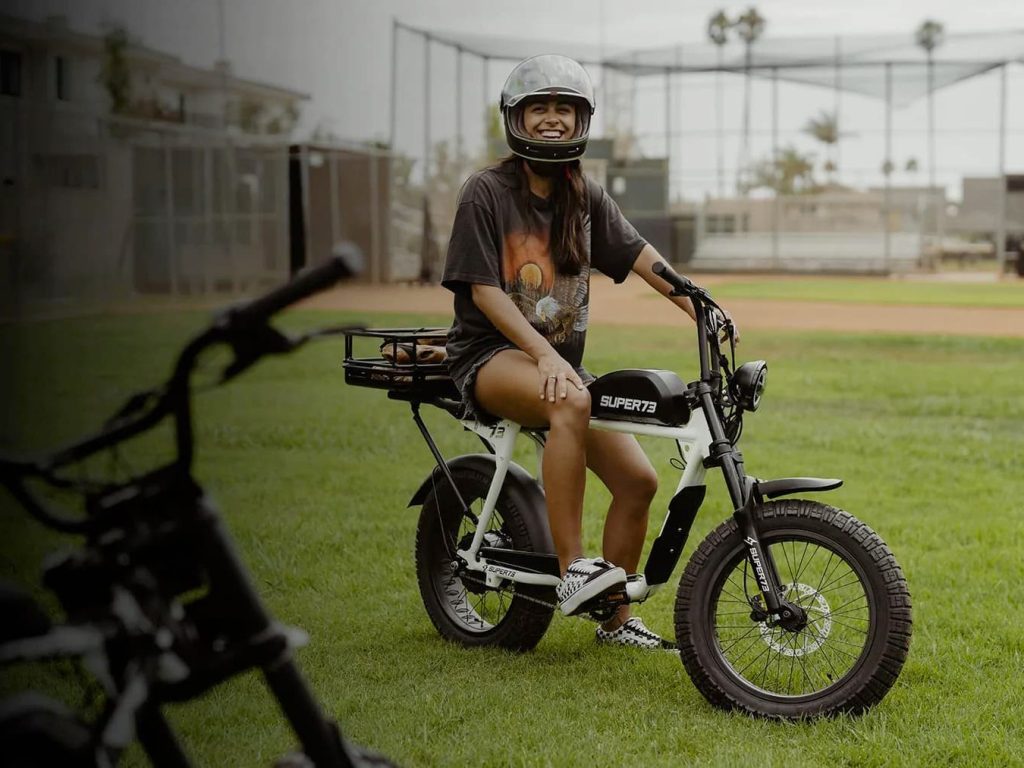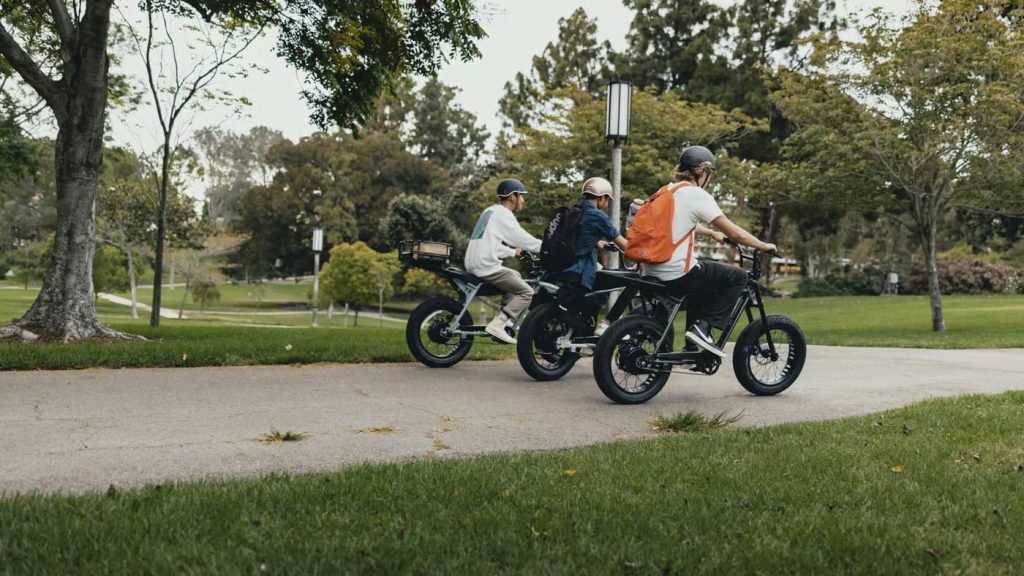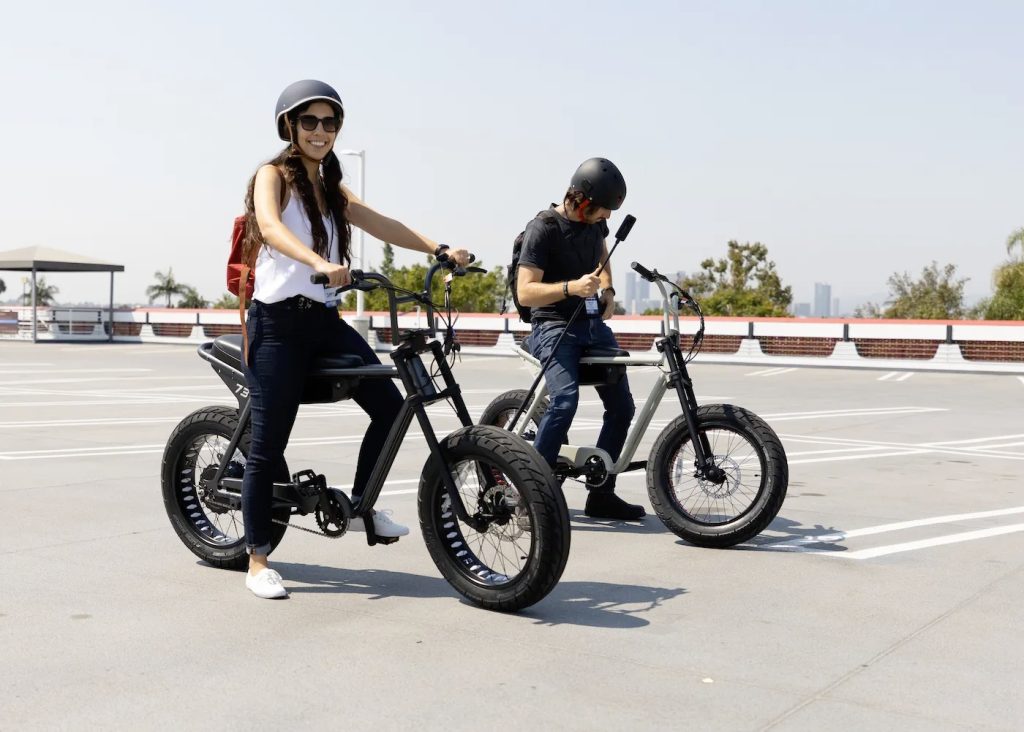
Even should you’re not knee-deep into electrical bikes like many people, you very possible might have heard of the e-bike model SUPER73. The corporate’s motorbike culture-inspired electrical bikes have confirmed extremely in style amongst teenagers and younger adults, however the heyday of quick and questionably (or clearly) unlawful e-bike modes appears to be coming to an finish for the model.
SUPER73 didn’t invent the moped-style electrical bike, however it’s typically credited for kickstarting the increase. The title has develop into so ubiquitous that even different manufacturers of moto-inspired electrical bikes are sometimes erroneously known as SUPER73 e-bikes.
Technically, SUPER73s had been at all times meant to be completely street-legal electrical bikes, and so they at all times shipped in what was often known as “Class 2 Mode”. That meant the bikes may prime out at 20 mph (32 km/h) and largely met most electrical bicycle rules across the US for the previous couple of years.
Nevertheless, SUPER73 e-bikes may very well be shortly and simply unlocked by way of the corporate’s personal smartphone app, letting riders entry Class 3 mode of as much as 28 mph (45 km/h) on pedal help, and even an Off-Highway Mode that principally eliminated all restrictions and allowed sooner speeds on throttle-only using as nicely. Regardless of the title, Off-Highway Mode was largely used for avenue using and turned the bike into one thing of a mini-motorcycle.

However these days of simply unlocking increased efficiency are formally gone, with SUPER73 now reacting to new California rules that put stricter interpretations of e-bike classification legal guidelines on the books. These new rules, which took impact on January 1, 2025, required any e-bike with a practical throttle to restrict its motor help to only 20 mph. If an e-bike was designed to be modified for sooner velocity or increased energy (reminiscent of by way of a setting change on the bike’s show or within the smartphone app), the bike would now not be thought of a street-legal electrical bicycle in California.
SUPER73, which has typically discovered itself on the heart of the controversy round sooner e-bikes, reacted shortly. A significant change now ends in the upper efficiency modes being faraway from SUPER73’s app. Based on a discover on the corporate’s web site, “In mild of newly applied rules, prospects who obtain and pair the SUPER73 app after January 1, 2025, is not going to have the flexibility to entry modes apart from the Class 2 mode by which the product is bought.”
Whereas the bikes nonetheless have the mechanical potential to go sooner, SUPER73’s new replace principally removes the flexibility to entry that increased efficiency, primarily limiting its e-bikes to twenty mph on each throttle and pedal help.

Is there a workaround?
No, SUPER73 has developed an ironclad resolution to forestall their e-bikes from being operated in unlawful methods.
Simply kidding. No, in fact this isn’t an ideal resolution, however probably not resulting from any fault by SUPER73. There are a number of apps already accessible that can be utilized as a substitute of the corporate’s app, which permit riders to re-access that increased efficiency. I gained’t record them right here, however it’s not precisely laborious for anybody with an e-bike and web connection to determine it out.
That doesn’t imply that each SUPER73 e-bike out there may be going to be again in its former 30 mph type, and a big variety of riders will possible merely be caught with new 20 mph velocity limits. However we shouldn’t fake like this can be a foolproof system that may’t be defeated. So long as the e-bikes are in-built a means that they’re bodily able to increased efficiency (like a chunky 2,000W motor that’s software-limited to 750W and 20 mph), the likelihood stays that they are going to be one way or the other unlocked to entry that efficiency.
It ought to be famous that such unlocking would nonetheless fall outdoors the rules of California’s new electrical bike legal guidelines, however at that time the punishment would possible fall upon the riders themselves as a substitute of the e-bike maker, if it did its half to take away efficiency unlocking from its native app.

Electrek’s Take
I believe that a variety of us may see this as an inevitability, although I’m undecided we anticipated to see corporations come round this shortly, or rolling out updates that coated their e-bikes nationwide as a substitute of simply in California.
I agree that within the brief time period, it will possible have a constructive impact on the few unhealthy apples who spoil it for everybody – principally the roving gangs of teenagers on illegally quick e-bikes. Individuals who experience e-bikes in harmful methods round different cyclists and pedestrians are a hazard, plain and easy.
In the long term although, I nonetheless don’t assume that is the correct path to go. When you should purchase a 125 mph automobile that weighs as a lot as a army automobile and but it’s merely the duty of every driver to by no means exceed barely half of its efficiency, it appears foolish to place a lot effort into decreasing the velocity of bicycles from 28 mph to twenty mph. Is that this actually the foremost public security risk to spend our time and legislative sources on?
I nonetheless consider that the higher resolution combines training and enforcement. It’s merely not that arduous. If some snot-nosed child is using dangerously within the bike lane, avenue, or sidewalk, confiscate the bike and slap a tremendous on his or her mother and father. However don’t inform me that a accountable grownup who is just making an attempt to get to work effectively is a menace to society on an e-bike that goes 28 mph as a substitute of 20 mph.

FTC: We use earnings incomes auto affiliate hyperlinks. Extra.


